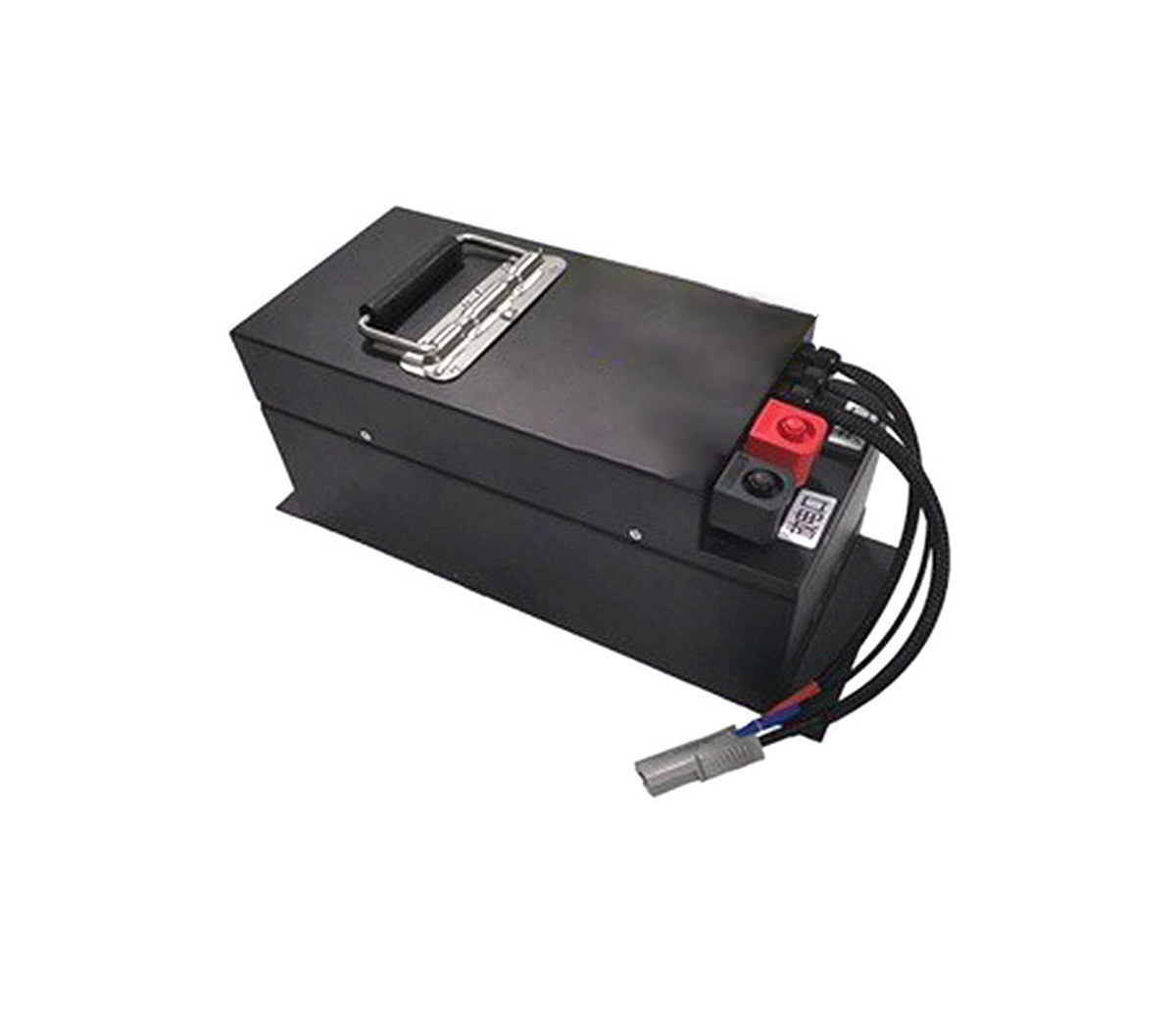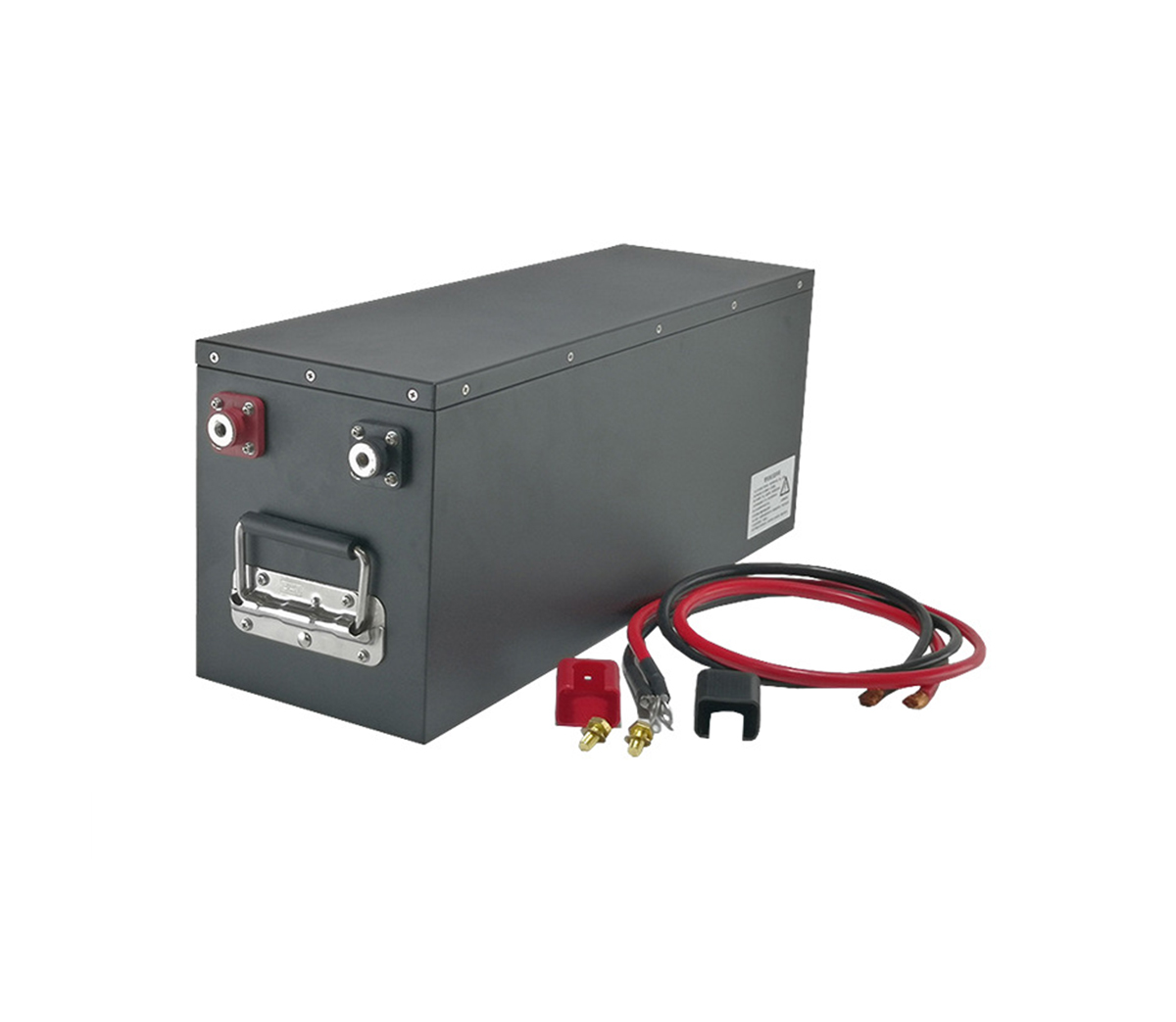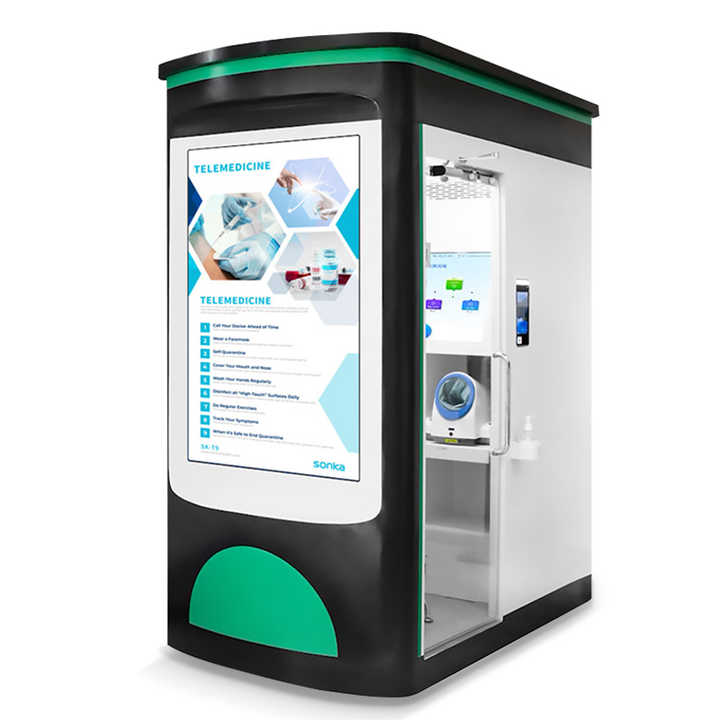Energy Storage System (ESS) is a system that can store electrical energy
and supply power, with functions such as smooth transition, peak shaving and
valley filling, frequency regulation and voltage regulation. It can smooth the
output of solar and wind power generation, and reduce the impact of randomness,
intermittency and volatility on the grid and users.
The ESS can be charged during the valley price period and discharged during
the peak price period to reduce the user's electricity bills; when the large
power grid is powered off, it can operate in an isolated island to ensure
uninterrupted power supply to the user and realize the operation of the micro
grid.
The application of energy storage system covers solar and wind power
generation and energy storage facilities, industrial enterprise energy storage,
commercial buildings and data center energy storage, energy storage charging
stations, wind energy power generation and energy storage facilities, industrial
enterprise energy storage, commercial buildings and data center storage. energy,
energy storage charging station, communication base station backup battery,
household energy storage, etc.
Basic knowledge of energy storage systems
The size of an energy storage system can be represented by its maximum
instantaneous power, generally in megawatts (MW); energy storage capacity in
megawatt hours (MWh); round-trip efficiency (RTE) is used to measure the
efficiency of charging and discharging.
The ratio of the energy storage capacity of the energy storage system to
the maximum output power is the duration, measured in hours - this is the length
of time the energy storage system will provide maximum power from a full charge.
Most currently deployed battery storage has a duration of 4 hours or less.
Different energy storage systems also vary in energy density (energy
density is the maximum amount of energy that can be stored per unit volume).
Battery technologies with high energy densities are particularly suitable for
electric vehicles (EVs) and mobile electronics; however, battery technologies
with lower energy densities can still be used for storage in power system
applications, provided the efficient use of space is not energy storage system
integration business focus.
Generally speaking, energy storage technologies with lower cost of energy
storage capacity and higher cost of installed capacity (blue area) are best
suited as long-duration energy storage (up to several days) Frequent, such as
thermal energy storage, chemical energy storage, metal-air batteries and pumped
hydro storage facilities, etc.; energy storage technologies in the brown area
(including lithium-ion battery energy storage systems), which are more suitable
for short-duration energy storage applications (continuous hours) and more
frequent charge and discharge. Medium-capacity energy storage technologies,
including flow batteries, are in the green zone.

(Three energy storage technologies with different costs based on installed
capacity and energy storage capacity)
Why is the energy storage system entering a period of rapid development
now?
Countries around the world recognize the need to significantly reduce
greenhouse gas emissions worldwide, with a focus on reducing carbon emissions by
increasing the share of clean energy in the power system, which is why energy
storage systems can attract a lot of investment and enter a period of rapid
growth root cause.
The most significant change foreseen in the power sector is the rapid
replacement of fossil fuels in electricity generation by renewable energy
sources (i.e. wind and solar). The chart below shows the historical growth rates
of U.S. and global wind and solar power generation.
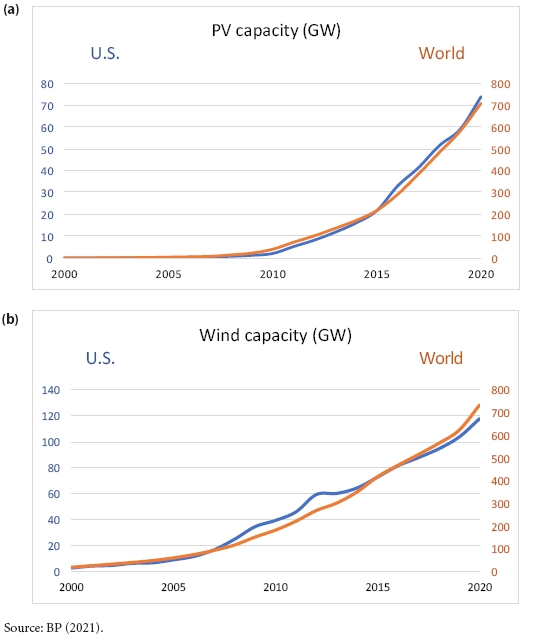
On a global scale, the rapid development of these technologies has also
been accompanied by cost reductions, as shown in the figure below. Capacity
expansion and cost reductions in renewable energy are expected to continue.

(Installation costs for U.S. solar and wind facilities)
The increased share of renewable energy makes energy storage systems more
attractive because renewable energy generation is intermittent: power output
varies over time and cannot be fully predicted. One way to deal with
intermittency is to use energy storage to balance and profit—that is, to shift
the availability of electricity from times of abundance (lower prices) to times
of shortage (higher prices).
The cost of lithium-ion batteries has also fallen rapidly while renewable
energy penetration has grown. This cost reduction is primarily due to the
growing popularity of electric vehicles and the use of lithium-ion batteries in
mobile consumer electronics.

(2010~2021 global lithium-ion battery price development trend)
However, the power industry has little demand for these batteries compared
to the demand in the other two sectors. However, the situation has changed a lot
in recent years. With the rapid decline of profitable methods and costs, the
deployment of lithium-ion battery energy storage systems in the power industry
has become more attractive and has rapidly increased in the past few years.
Increase.
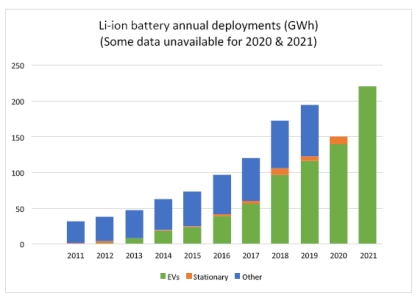
(Lithium-ion batteries (GWh) used in energy storage systems in global
electric vehicles and power industries from 2011 to 2021)
Deploying energy storage systems is a tool to effectively deal with the
intermittency of renewable energy. Deploying enough renewables to meet more than
100% of demand is of course the theoretical best option, even when renewables
are not generating enough (for example in winter), renewables can cover most of
the demand. But at other times, renewable power generation will significantly
exceed demand, and these need to be curtailed. This will undoubtedly lead to a
huge waste of resources and cannot achieve the best balance.














